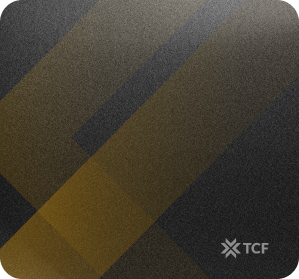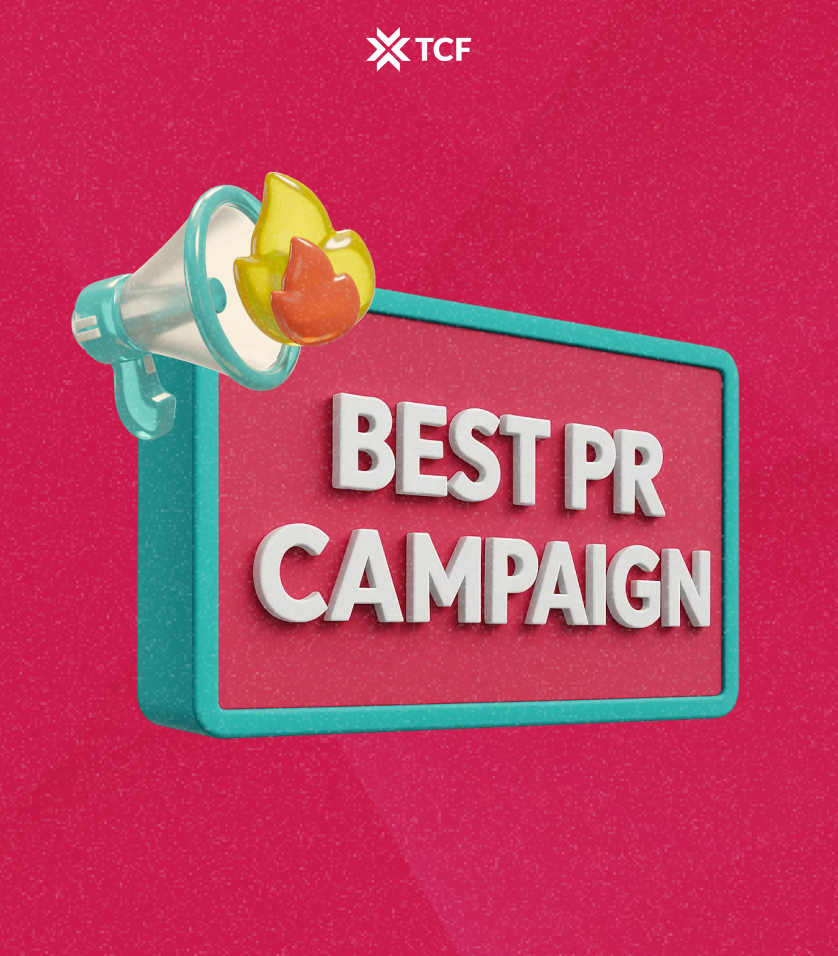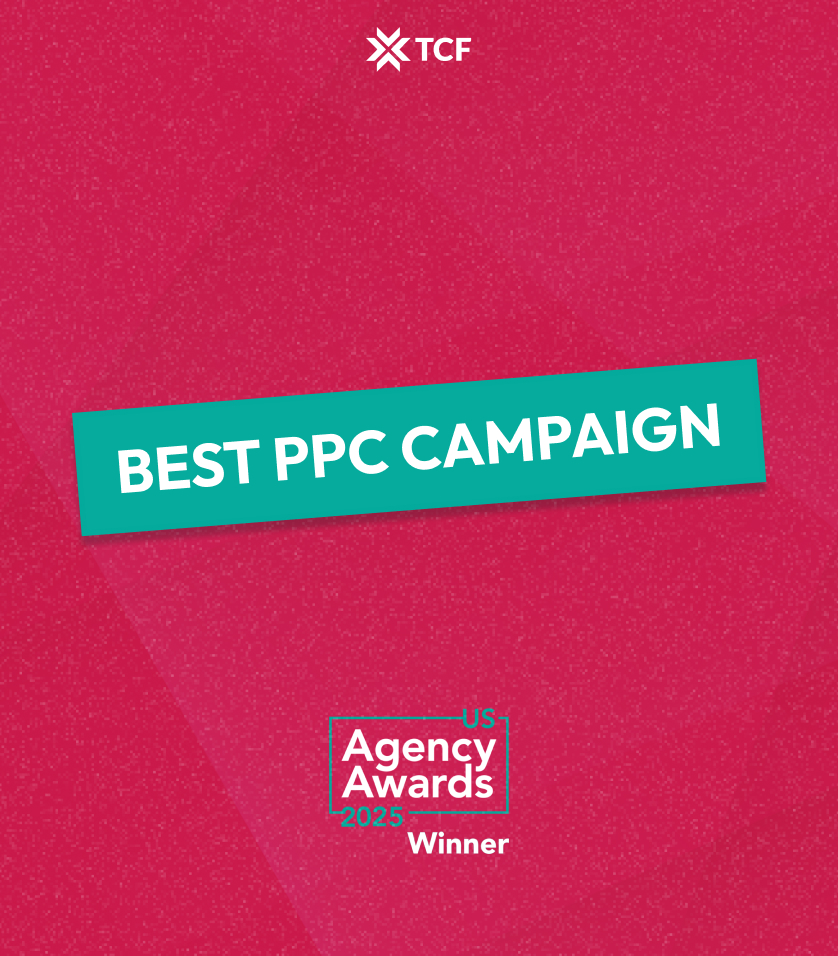According to Kickstarter, only 12% of Kickstarter creators return for a second launch. Of those who do, less than half raise more than they did the first time.
A lot of creators manage to pull off a successful campaign. But then what? The hype fades, the audience cools off, and the next launch... doesn’t quite hit the same.
Meanwhile, some brands seem to have cracked the code. Circular Ring, Keychron, Wyrmwood aren’t one-hit wonders. They’ve built engines. Systems that turn first-time backers into repeat customers and make every campaign stronger than the last.
So what are they doing differently?
In this post, we’re breaking down the playbook behind serial success. You’ll get real examples, strategy breakdowns, and practical insights you can apply to your own next launch.
Let’s get into it.
[[cta2]]
Why Most Creators Plateau After One Big Launch
A strong first launch can feel like a breakthrough. But for many creators, it turns into a trap.
They pour everything into the campaign, months of prep, paid ads, press outreach, influencer hustle, and it pays off. But when it’s time for the next launch, the results stall. The audience doesn’t grow. The energy’s not the same. And the question becomes: Was that success just a fluke?
This isn’t rare. Here’s what usually causes the plateau:
- Treating each campaign like a one-off event: Most creators rebuild from scratch instead of treating past campaigns as assets. There’s no system to retain attention or build anticipation across launches.
- Over-relying on short-term tactics: Flashy video, a killer landing page, or a viral moment might work once. But they don’t build momentum on their own. Without deeper audience trust or retention, growth hits a wall.
- Not evolving with the audience: What hooked backers in launch 1 won’t always work in launch 3. Messaging, offers, even the product itself need to evolve, but many creators just repeat what worked last time.
- Burnout and resource gaps: Without better systems or support, the second launch often takes more energy and delivers less reward. That’s demoralizing, and it’s where many creators quietly stop.
If you’ve felt this, you’re not alone. The difference isn’t about working harder. It’s about building smarter like the creators we’re about to dive into.
Case Study 1: Circular Ring
Circular Ring is a rare example of a creator that not only launched again, but got better the second time around.
Their first Kickstarter in 2020 had all the right signals: a sleek wearable, CES buzz, strong tech media coverage, and over 1,500 backers. But what followed was the kind of fulfillment disaster that kills most crowdfunding brands. Delays stretched into years, updates were inconsistent, and trust eroded fast.

Most creators wouldn’t recover from that. Circular Ring did.
In 2025, they launched Circular Ring 2 with a redesigned product, bolder positioning, and a playbook built from hard-earned experience. The result? $3.6M+ raised and 12,000+ backers, making it the most-funded health ring in Kickstarter history.
Here’s what they did differently, and what any serial creator can learn from it.
1. From Hype to Infrastructure
Circular Ring’s first campaign leaned on big promises, sharp design, and a “no subscription” message that undercut competitors like Oura. Their launch was timed perfectly, right after CES, and they built anticipation through email signups, tech blog coverage, and smart Kickstarter marketing tactics that maximized early momentum.
But behind the scenes, they lacked the infrastructure to support what came next: high demand, complex hardware production, and backers expecting quick delivery. When timelines slipped, their communication didn’t keep up. By year’s end, public sentiment had flipped from excitement to skepticism.
Five years later, their second campaign launched with better systems, clearer timelines, and a fulfillment promise that reflected real manufacturing lead times, not wishful thinking.
2. Strategy Stacking
Circular Ring refined their original playbook.
Yes, both campaigns followed a similar pattern:
- CES reveal → Tech press coverage → Kickstarter launch
- Early-bird email list with exclusive pricing
- Visual-first storytelling and detailed product feature breakdowns
- “No subscription” as a core positioning hook
What changed was the execution. The second time around, Circular Ring added:
- Pre-launch testing rooted in crowdfunding research: A/B testing price points to maximize revenue per visitor
- Community segmentation: email + WhatsApp for tailored flows and updates
- Stronger brand narrative: acknowledging past mistakes and promising better
- Smarter messaging adaptation: navigating Kickstarter’s medical-claims ban while telling the full story across other channels
3. Product Evolution That Actually Earned Attention
A common trap for returning creators is relaunching the same product with minor tweaks. Circular Ring avoided that.

Ring 2 was a complete overhaul. They added:
- Medical-grade ECG
- Improved sensors (PPG, SpO₂, temp)
- 8-day battery life
- Waterproof casing and wireless charging
- A redesigned app experience and upgraded AI assistant
It wasn’t a stretch goal refresh. It was a next-gen product that justified its new story and price point.
4. From Communication Breakdown to Founder-Led Trust
One of the biggest shifts across the two campaigns was how Circular Ring showed up.
After the communication fallout from Campaign 1, they made transparency a core feature of Campaign 2. No samples? They didn’t hide it. The founders stepped into the spotlight sharing behind-the-scenes videos, campaign milestones, and live updates across email and social.
They also addressed skepticism head-on: clarifying timelines, answering Reddit threads, and explaining platform restrictions (like Kickstarter’s language ban on “FDA-cleared”).
5. Delegating Strategy to People Who Do It Better
One of the smartest moves Circular Ring made ahead of their second campaign was choosing not to do it all themselves. Instead, they partnered with our team at TCF to handle campaign strategy, creative execution, and performance systems.

This freed up the Circular Ring team to focus on what only they could do: building a better product, preparing fulfillment, and communicating authentically with their audience. Meanwhile, we helped shape the campaign’s narrative, test pricing and positioning, build segmented email and WhatsApp flows, and ensure a structured rollout.
That kind of delegation is for increasing your chances of success by trusting the parts you can outsource to people who’ve done it before. For Circular Ring, it was a key part of turning past setbacks into a record-breaking comeback.
Circular Ring’s Playbook in a Nutshell:
- Launching is only half the job. If you want to launch again, your ops and communication need to scale with your sales.
- You don’t need to reinvent everything. But you do need to evolve with more precision, more data, and more awareness of where things broke last time.
- Serial launches work when the product genuinely progresses. Don’t just ask your audience to buy again. Show them why it’s worth it.
- If your first launch made mistakes, your next one should talk about them. That honesty builds more trust than a polished script ever could.
- Focus on what you’re best at and bring in experienced partners to handle the rest. The right support can turn a good product into a great campaign.
Case Study 2: Keychron
Most Kickstarter creators launch once, maybe twice. Keychron has done it more than a dozen times, and each campaign feels bigger, faster, and more dialed in than the last.
Since debuting in 2018 with the K1, a slim mechanical keyboard for Mac users, Keychron has built a cult following, evolved into a serious peripheral brand, and raised millions through crowdfunding alone. Their campaigns rarely reinvent the wheel. Instead, they refine it, launching thoughtful updates, stacking feedback, and doubling down on what their audience already loves.

This is a system.
Here’s what makes Keychron one of the most consistent and successful serial creators on Kickstarter, and what other brands can learn from their approach.
1. Low Goals, Big Surges
Every Keychron launch sets an intentionally low funding goal, usually around $10K to $20K, even when they know they’ll raise hundreds of thousands. Why? Because hitting 100% in under an hour drives momentum, earns Kickstarter’s “Projects We Love” badge, and activates the fanbase.
- K1, 2018: set a ≈ $10 k goal, raised $328 k from 3,946 backers
- K2, 2019: same $10 k goal, rocketed to $1,001,047 and 11,126 backers
- K2 HE, 2024: goal bumped to $20 k, finished at $1,177,319 and 6,608 backers
This strategy is all about manufacturing early social proof. And it works.
2. One Product Line, Dozens of Campaigns
Unlike creators who jump from one product category to another, Keychron has focused obsessively on one thing: keyboards.
But every launch brings something new:
- A different layout (60%, 65%, 75%, 96%, full-size)
- New technologies (hot-swappable sockets, QMK/VIA firmware, Hall-effect magnetic switches)
- Upgraded materials (from ABS plastic to CNC aluminum)
- Specialized user profiles (Mac users → gamers → custom keyboard hobbyists)
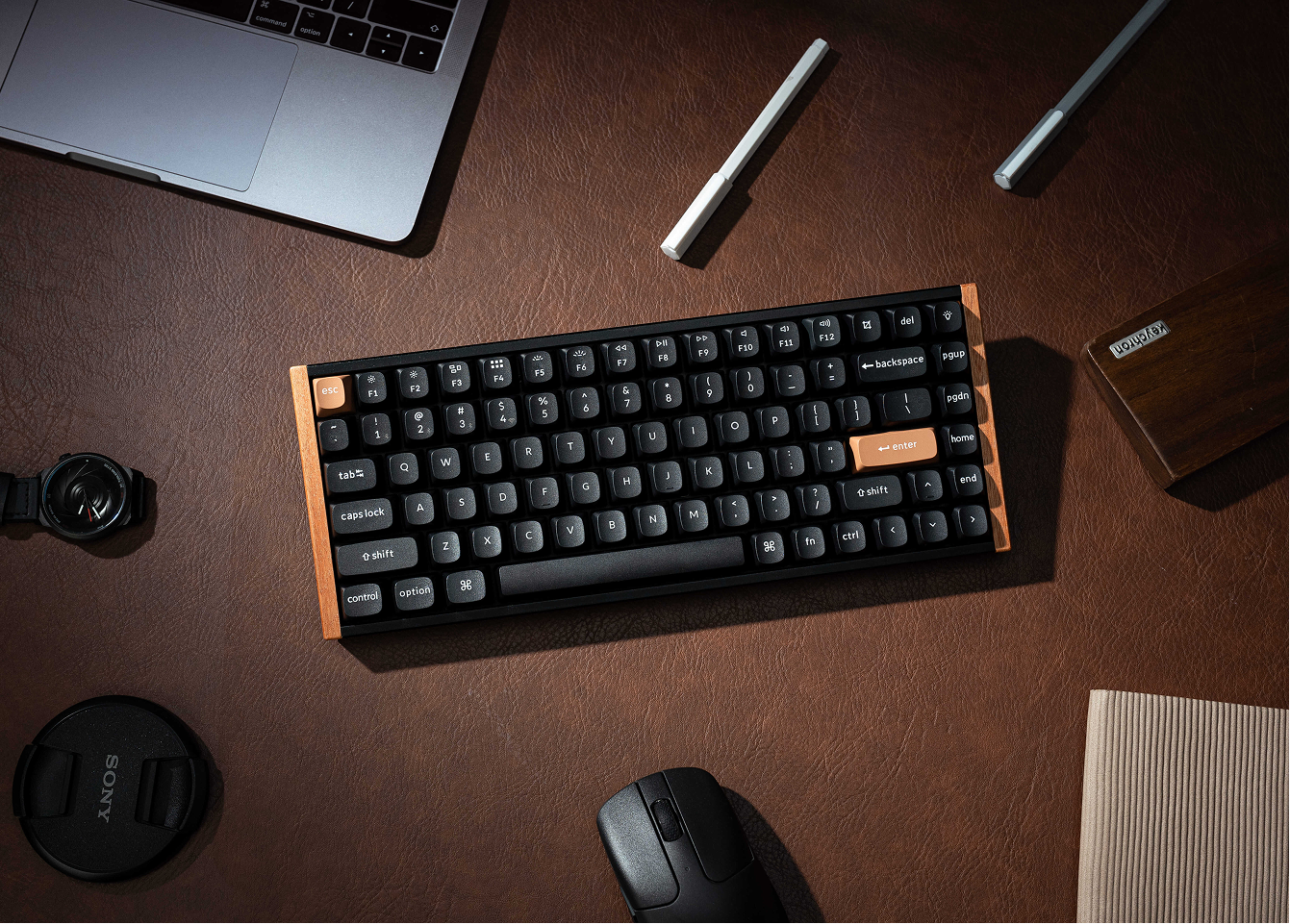
They launched the K1 for slim-profile Mac fans, then released the K2 with a better layout and battery, the K4 for people who wanted full-size keys without the size, the K3 Pro for QMK users, and the HE series for gamers who care about actuation timing, adapting to shifting crowdfunding trends with each iteration.
Each new campaign felt like a natural continuation of the last like a conversation.
3. Their Community Is the Product Team
Keychron’s R&D cycle runs directly through their community.
Before launching a new model, they poll fans in their Facebook group, Discord channel, and subreddit. Reddit threads feature backer wishlists. Kickstarter updates often highlight “feature X was added based on your feedback.”
They even A/B test switch options, layouts, and firmware support based on comments from previous campaigns. The result: backers don’t just pledge, they co-create.
4. Pre-Launch Precision: Timing, Teasing, and Targeting
Before each launch:
- Email lists are primed with early access and Super Early Bird alerts
- Prototypes go to YouTubers and tech blogs for timed unboxings and reviews
- CES presence adds credibility (K2 HE won a 2025 CES Innovation Award, announced weeks before the campaign launch)
This blend of community buzz + press validation + early-bird incentives creates a launch moment that feels coordinated across channels, even without major ad spend.
5. Managing Delays Without Losing Loyalty
Keychron isn’t perfect. Fulfillment delays, especially during the pandemic, hit several campaigns. K8 backers, for instance, waited 6–8 months. The K2 HE campaign was also slightly behind schedule.
But here’s the difference: they talk about it.
Kickstarter updates feature factory photos, shipping timelines, batch delivery details, and transparent explanations. The team regularly engage with commenters. And most importantly, when the product arrives, it delivers.
6. Crowdfunding as a Long-Term Brand Strategy
Many creators use Kickstarter as a one-time validation tool. Keychron uses it as a launchpad for new SKUs, then folds them into their DTC store. Their post-campaign strategy includes:
- Selling “Pro” or color-variant versions of successful models
- Offering backer-only bundles (e.g. keyboard + keycaps)
- Launching subscription and VIP membership programs
- Driving repeat traffic through limited “Flash Deals” and community discounts
In other words, Kickstarter fuels the next 12–18 months of business too.
7. Bringing in Experts to Run the Launch Engine
For the K2 HE crowdfunding campaign, Keychron knew the stakes were high. It wasn’t just another keyboard, it introduced hall effect magnetic switches and targeted a more performance-driven audience. But what really won over backers was the sleek design, especially the wooden accents that set it apart from the usual plastic builds. Instead of juggling the entire campaign themselves, they brought in our team at TCF to run the launch from top to bottom.

We focused specifically on lead generation for the K2 HE, building a fresh list of subscribers and VIPs interested in this particular model. Through this process, we also helped validate the best Kickstarter pricing strategy based on actual buyer intent.
Our team led the full campaign execution, including structuring the Kickstarter page, refining the offer, managing influencer partnerships, securing product reviews, and creating content that performed especially well on YouTube. This gave the Keychron team room to focus on the product and their community, while every moving part of the launch worked in sync.
The result? $1.17M raised on Kickstarter, consistent conversion across the campaign lifespan, and a polished, performance-focused campaign that stayed true to the brand’s voice.
The Keychron Formula in a Nutshell:
- Modest goals make your campaign look successful fast. If you’ve built a warm audience, let momentum work in your favor.
- You don’t need to chase new niches to grow. You can build momentum by going deeper into your category and evolving your product with your audience.
- Involve your audience early. Conduct surveys with your community, and you won’t need to “market” to them later, they’ll already be on board.
- Launches work best when they’re choreographed. Build up multiple pressure points and then drop them all in sync.
- Delays aren’t fatal. Silence is. If you’re honest, frequent, and visible, backers will wait.
- Treat each campaign as a stepping stone in your product roadmap. Serial creators build ecosystems, not just products.
- You don’t need to do it all. Handing things off to the experts can help you do your part even better.
Keychron doesn’t try to shock or surprise. They win by listening, improving, and repeating with sharper execution each time. For any creator thinking long-term, that’s the real masterclass.
Case Study 3: Wyrmwood
Most creators use Kickstarter as a way to test an idea. Wyrmwood uses it like a publishing calendar.
Since 2013, they’ve launched 34 crowdfunding campaigns, from simple dice vaults to modular gaming furniture worth thousands. What started as a handcrafted wooden case for RPG dice has grown into a multi-million dollar brand with an obsessive fanbase and a product line that includes gaming tables, tarot decks, and even pet furniture.

But what makes Wyrmwood a standout serial creator is how intentionally they’ve scaled, refining a repeatable launch system that blends premium craftsmanship with community momentum.
Here’s what sets them apart.
1. Consistency Over Hype
Wyrmwood’s earliest projects had tiny goals: $2,000 for a dice vault, $10,000 for a dice tower. Even now, most of their campaigns open with a symbolic $10K target, while routinely raising hundreds of thousands (or millions).
The point isn’t funding. It’s the flow. Wyrmwood uses Kickstarter to:
- Announce new product lines
- Gauge demand before opening production
- Create time-limited urgency with Kickstarter rewards and stretch goals,
- Reward loyal backers with early access or pricing
In their biggest breakout, the Modular Gaming Table (2020), they set a $1M goal and raised $8.8M+ from 7,700+ backers. That product now anchors their luxury furniture line, but it didn’t replace smaller campaigns. Instead, it gave them space to keep innovating and continue serving smaller-scale tabletop fans.
2. Iteration with Meaning
From their first dice vault to their latest game table, Wyrmwood evolves through purposeful iteration. Every new campaign builds on what came before:
- Magnetic construction became standard in trays and screens
- Themed series like The Corrupted Collection added seasonal drops and limited runs
- Dice sets evolved from resin to gemstone to co-branded luxury collabs (e.g. Dispel Dice)
- Tables gained new modules, sizes, and regional versions (e.g. Europe-specific MGT in 2024)
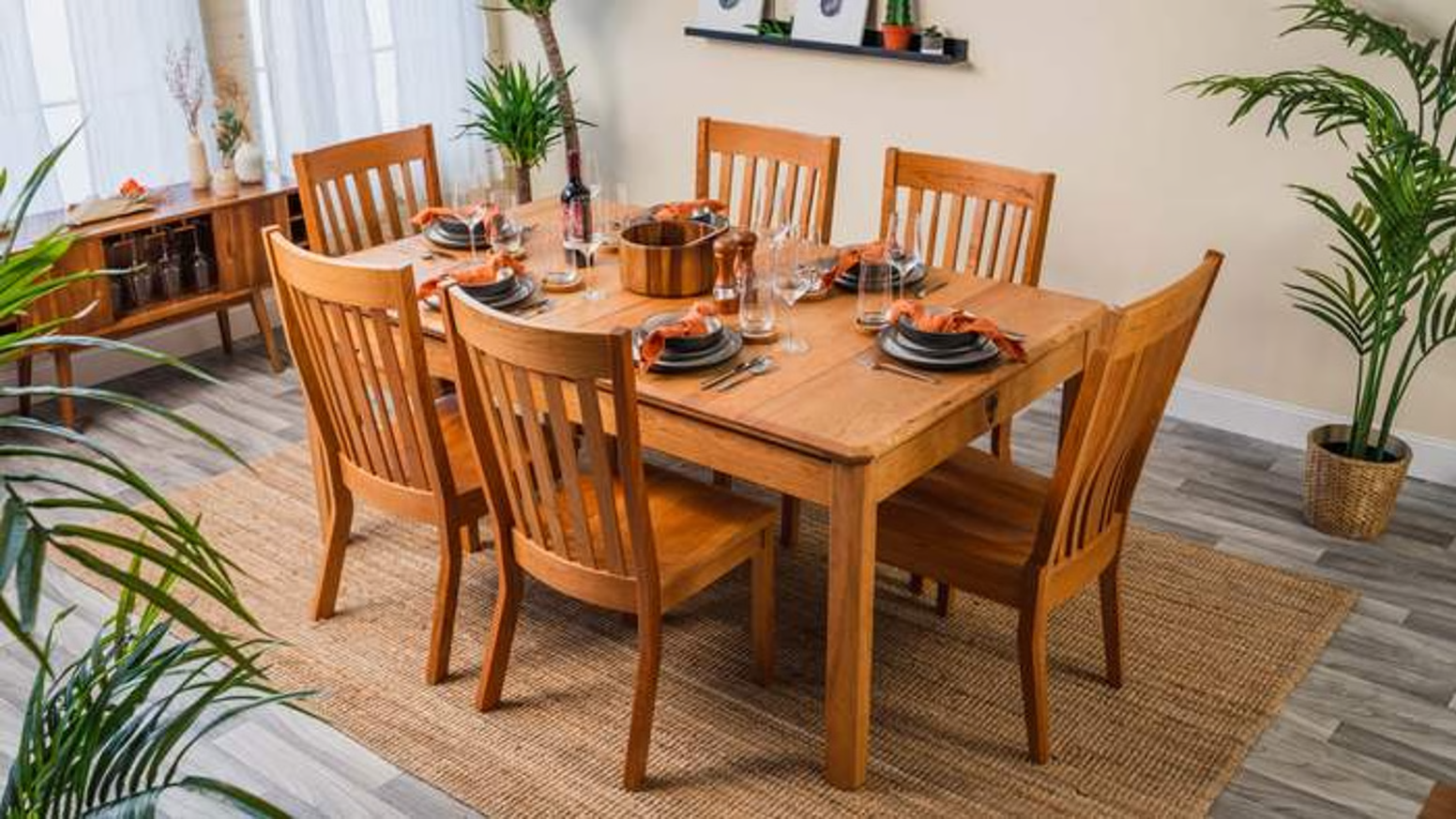
Even accessories are modular: trays, screens, and organizers all snap into place, mix and match, or double as décor. They’re building this ecosystem fans can grow into.
3. Audience-Driven Craft
Wyrmwood’s aesthetic is premium, but their development cycle is democratic. They engage fans in design decisions via:
- Wyrmlife YouTube episodes with behind-the-scenes updates
- Facebook group and newsletter polls
- Kickstarter comments with public replies on specs, wood choices, and accessories
That feedback fuels future products. Want a vertical tray? A dice holder that matches your existing vault? A magnetic pencil case with built-in ruler? Wyrmwood listens and delivers.
And because every piece is handmade from materials like black walnut, padauk, and purpleheart, fans treat their products like collectibles.
4. Marketing That Feels Like a Story
Each Wyrmwood campaign feels like a new chapter in the same world:
- Brand voice: handcrafted, cheeky, confident, “heirloom quality” without the pretense
- Video: founder-led, visually rich, often humorous or dramatic, consistently ranked among the best Kickstarter videos in the tabletop category
- Updates: frequent, photo-heavy, process-transparent
- Stretch goals: always well-integrated (new woods, accessories, upgrades)
They also lean into their identity: Dungeons & Dragons tables on Critical Role, Gothic dice vaults for Halloween, Tarot decks illustrated by 70+ artists. These are props in the player’s life.
5. Fulfillment Isn’t Fast, But It’s Honest
Wyrmwood has struggled with delays, especially as their products became more complex. Backers have waited months (sometimes years) for tables or stretch goals. But here’s why most keep coming back:
- Wyrmwood never promises fixed ship dates
- Updates explain manufacturing challenges in detail
- Support often includes discounts, freebies, or personal replies
- The final product nearly always exceeds expectations
Backers prefer to wait for something beautiful than rush something mediocre.”
6. The Kickstarter-to-DTC Bridge
Wyrmwood doesn’t stop at the campaign. Every major product eventually moves to their direct-to-consumer store at a higher price, with limited drops, and ongoing content through:
- Wyrmlife video series
- Seasonal promos (holiday drops, Valentine’s vaults)
- Exclusive colorways and woods
- In-store spin-offs like dog beds, painting trays, or dice shelves
They don’t rely on constant Kickstarter traffic to survive. But they use it to launch everything that comes next.
Wyrmwood’s Playbook in a Nutshell:
- Treat Kickstarter like a launch system, not a lottery. The goal isn’t to “go big”, it’s to go again.
- Treat your past campaigns as product lines, not closed chapters. Repeat success comes from expansion, not replacement.
- Premium pricing only works if your audience feels involved. Make them co-creators instead of just customers.
- Think of each campaign as part of a larger brand narrative. Style, tone, and visual consistency make you unforgettable.
- Delays happen. Transparency, humility, and craftsmanship can protect your reputation even when you miss deadlines.
- If you use Kickstarter to grow, don’t abandon your backers after the campaign. Let it be the start of your ecosystem, not the end.
Conclusion
One big campaign is hard. But building a system that works again and again? That’s the real challenge and also the real opportunity.
Circular Ring, Keychron, and Wyrmwood built systems. They learned from every launch, kept their audience close, and evolved with intention. Most importantly, they treated crowdfunding as more than a funding tool. For them, it’s a testing ground, a community engine, and a long-term brand strategy.
If you’re a creator planning your next launch, ask yourself:
- Are you building toward something repeatable?
- Are you involving your audience in the process?
- Are you thinking beyond your campaign page?
The creators we’ve profiled here didn’t always get it right the first time. But they kept going and got better every time.
And that’s what serial success really looks like.
[[cta2]]


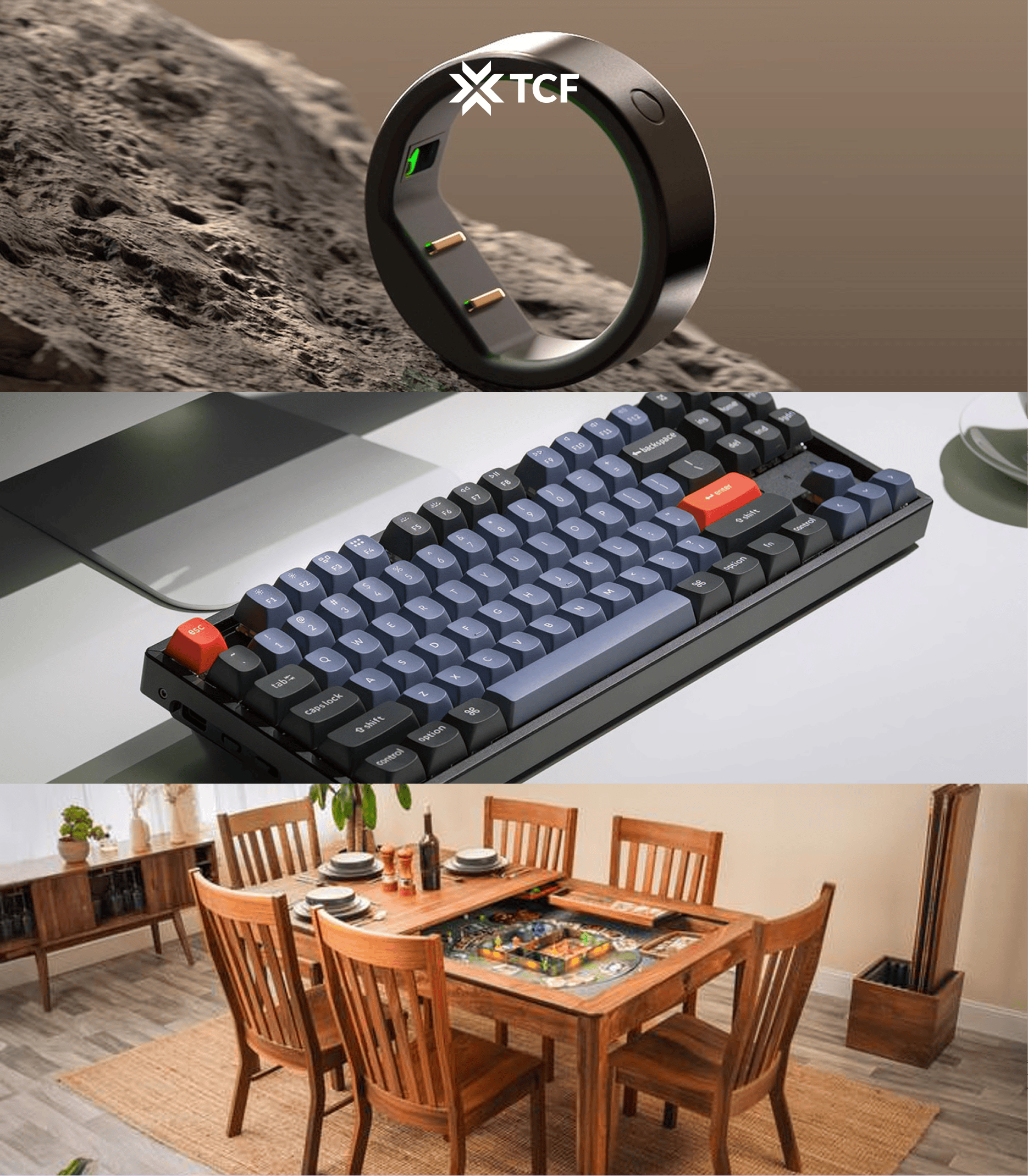



.png)
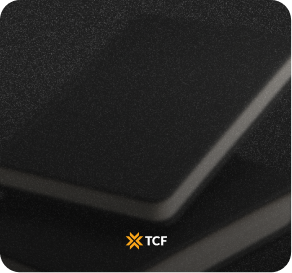

.png)
